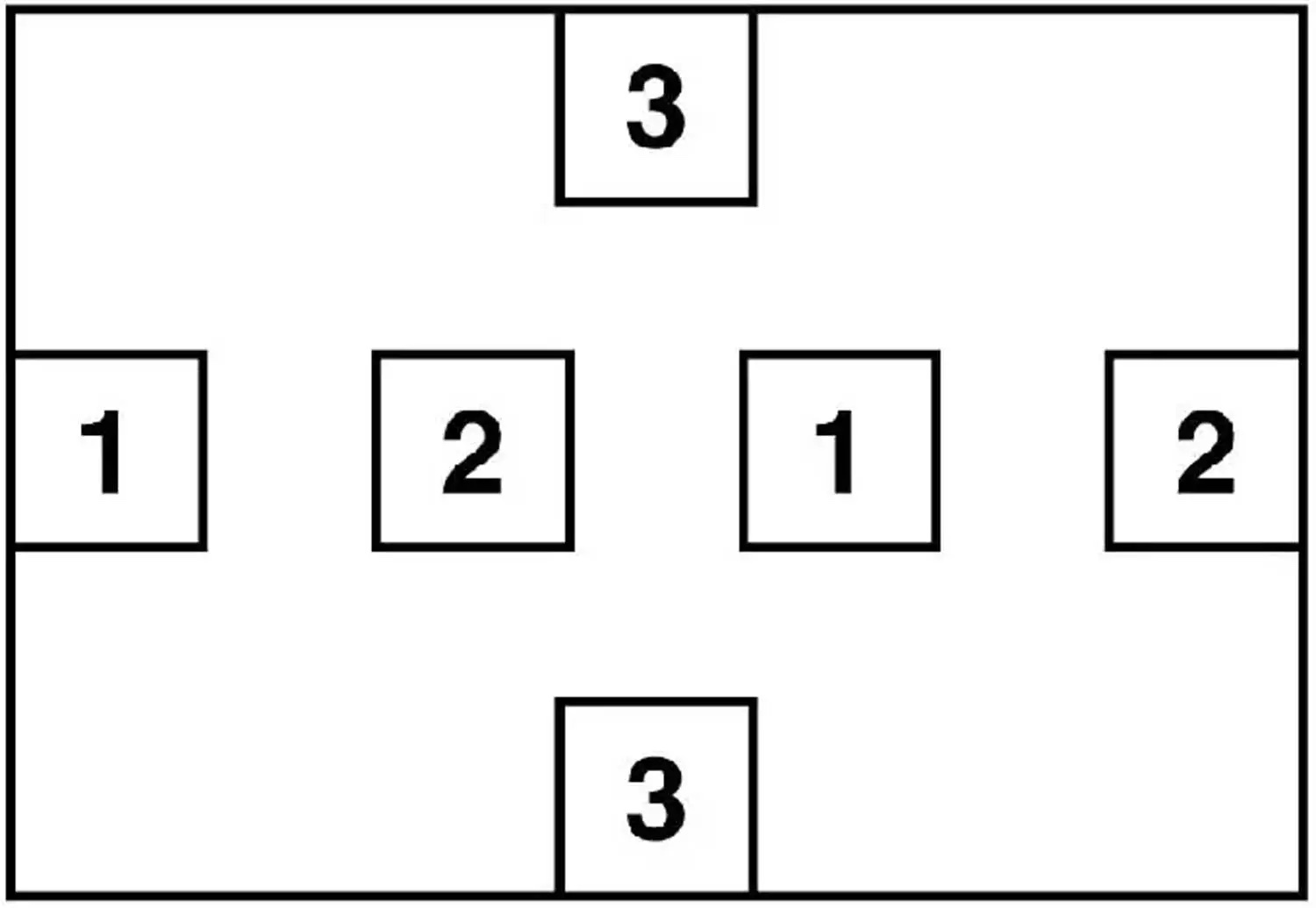Let’s be Fwends #138:
Making Decisions, Building Trust

You cannot change how someone thinks, but you can give them a tool to use which will lead them to think differently.
~ Buckminster Fuller
Hello and welcome to Let’s be Fwends number 138. Today, we consider what type of trust we need in the face of insecurity, get to know a very nuanced protocol of decision making, consider an intriguing question of no importance at all, talk about the energy consumption of tech and have a look at rulers based on ancient measurement systems. And we round it all out with a nice brain tickler.
Trust and Insecurity
The commonly described remedy against low psychological safety is building trust. But what kind of trust are we talking about, exactly?
While we’re often talking about a shallow, professional trust in work settings, what we really need is deep, human trust.
The Ju/’hoansi Protocol of Decision Making
Vivek V Venkataraman shares an account on how the Ju/’hoansi view the process of making decisions, and how it can be used to make the group stronger and avoid divisive consequences as well as fake agreement.
Their decision making process is highly participatory and inclusive. It is carefully designed to make sure everyone is heard, and only decisions everyone can support are ever made. It avoids the idea of voting, understanding that while a vote can settle an issue, it can also be divisive and create “winners” and “losers”.
As such, it avoids fragmentation, where a group splits into multiple sub-groups that develop their own goals. But because of the diligent way the conversation is held, it also avoids the other extreme, group-think, in which everyone starts to think like everyone else, leading to terrible decisions.
The process is based on consensus, in which a group must first create a shared understanding of the issue at hand, and then find a suitable response to it. A response everyone can agree on.
The principles:
- The group is the decision maker. Key decisions are not entrusted to single individuals or small sub-groups.
- If each persons opinion will not not be heard, trouble will follow.
- There is no connection between an idea and the person who brings it. Once an idea is in the open, it belongs to everyone
- Decisions are based on evidence. Disregard speculation and hearsay, and focus on first-hand knowledge
- Take a break when things get too emotional. Heated discussions seldom lead to good decisions
- There is no vote. Discussion continues until a consensus is reached
The role of leadership:
- Leadership is temporary and knowledge-based. It can shift within one conversation
- Leaders do not state their opinions early to avoid biasing others who have yet to speak
- The role of the leader is to guide the conversation and help finalise the decision
No voting means no losers, which in turn means an argument is not to be won or lost, but carried forward to get the group to a point where they can all agree on something. Here, the process of coming to a decision is equally important as the decision itself. The exchange of arguments, the hearing of everyones opinions shapes the shared view of the problem, and possible solutions for it.
Great decision making processes not only allow a group to come to good decisions with as little friction as possible, they also shape the group in a positive way. You can spot a great decision by looking how the process of making had some positive impact on the group.
Have We All Ever Blinked at the Same Time?
Right from the “Things you never wondered about but once you heard it find it strangely intriguing” department comes the question: “Have we all ever blinked at the same time?”
Move Over Bitcoin, We Have a New Energy Super-Consumer
You’ve probably heard by now that Large Language Models are quite power-hungry. For example, training the (now vastly outdated and hopelessly underperforming) GPT-3 model takes around 1.300 Megawatt hours, which is the equivalent of the yearly energy consumption of 130 U.S. households.
The energy needs of more current models are largely unknown, as big players have stopped publishing data about training and operations.
Alex de Vries of the Vrije Universiteit Amsterdam came up with a clever approximation: Instead of trying to map the power usage of a single LLM, he takes the average power consumption of the 1.5 million AI-servers projected to be in use by 2027 and extrapolates from there. With this method, he arrived at somewhere between 85 to 134 terawatt hours. For reference, if we take 2021 data, this power consumption would put Generative AI above Belgium and below Malaysia. Inside this bracket there are also countries like Norway, Sweden, the UAE, the Netherlands or Finland.
Overall, data centres are projected to use between 620 to 1.050 TWh by 2026; In this scenario, GAI would be responsible for roughly 13% of total power usage by cloud computing.
It’s quite possible that a single technology will finally surpass Bitcoin as the current record holder of energy-consumption for a dedicated technology – it still uses around 121TWh per year.
Rulers of the Ancient World
Besides the really great punny title, this page offers some really great insights into all the different measuring systems old civilisations used.
Six Boxes That Made Me Despair
I love good puzzles. Note that I didn’t say that I’m good at them. Look at this one:

As you can imagine (the tasks somehow are always the same), the goal of this puzzle is to connect the boxes with the same number with a line, without one line going over any other. The lines can have any shape.
Give it a try. It is solvable and doesn’t even need a lot of “out of the box” thinking. (via boingboing, who also link to the solution)
That’s it for this edition of Let’s be Fwends. High-fives to everyone blinking at the same time 👀
Subscribe to Let's be Fwends